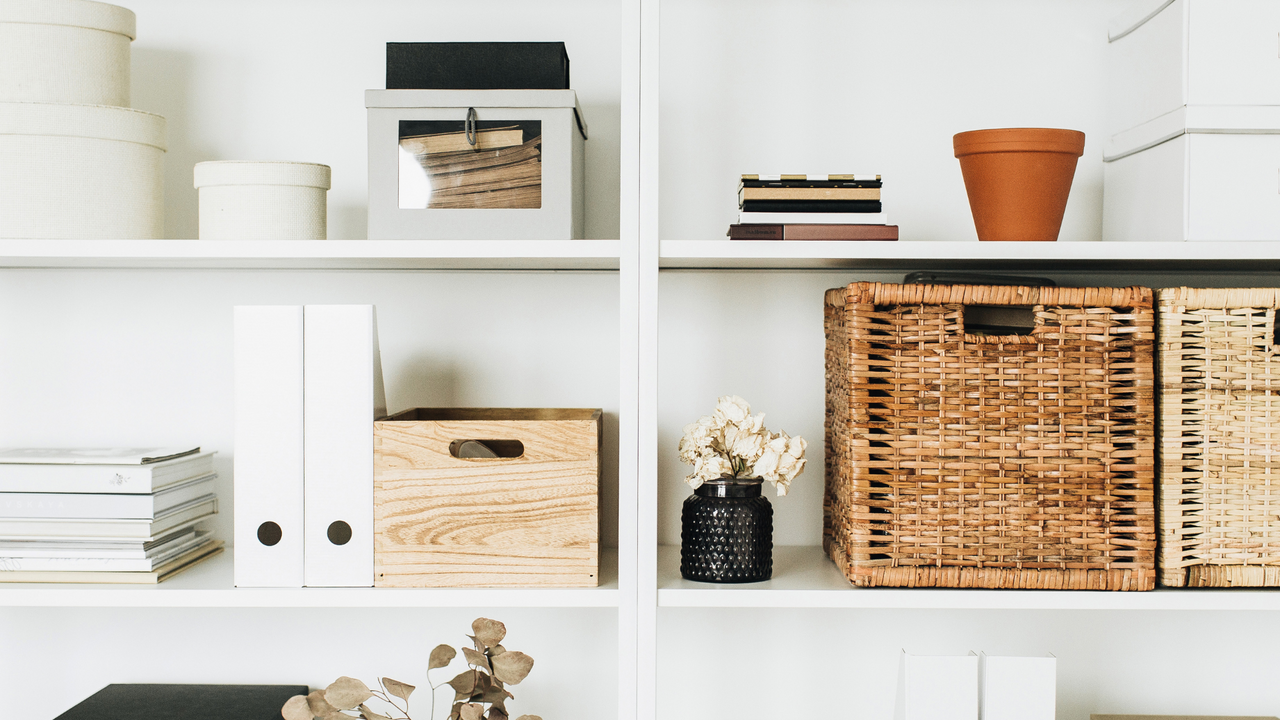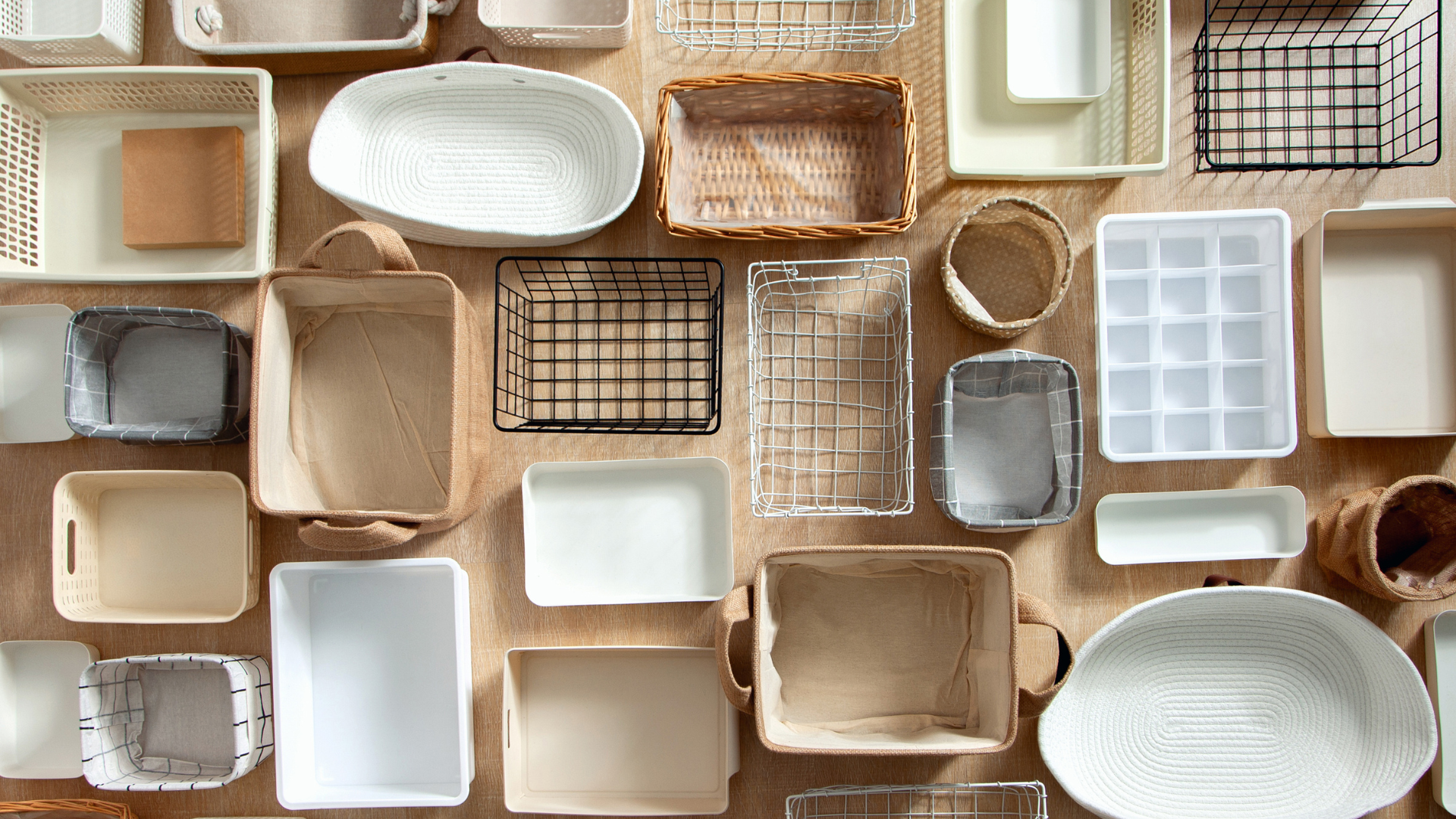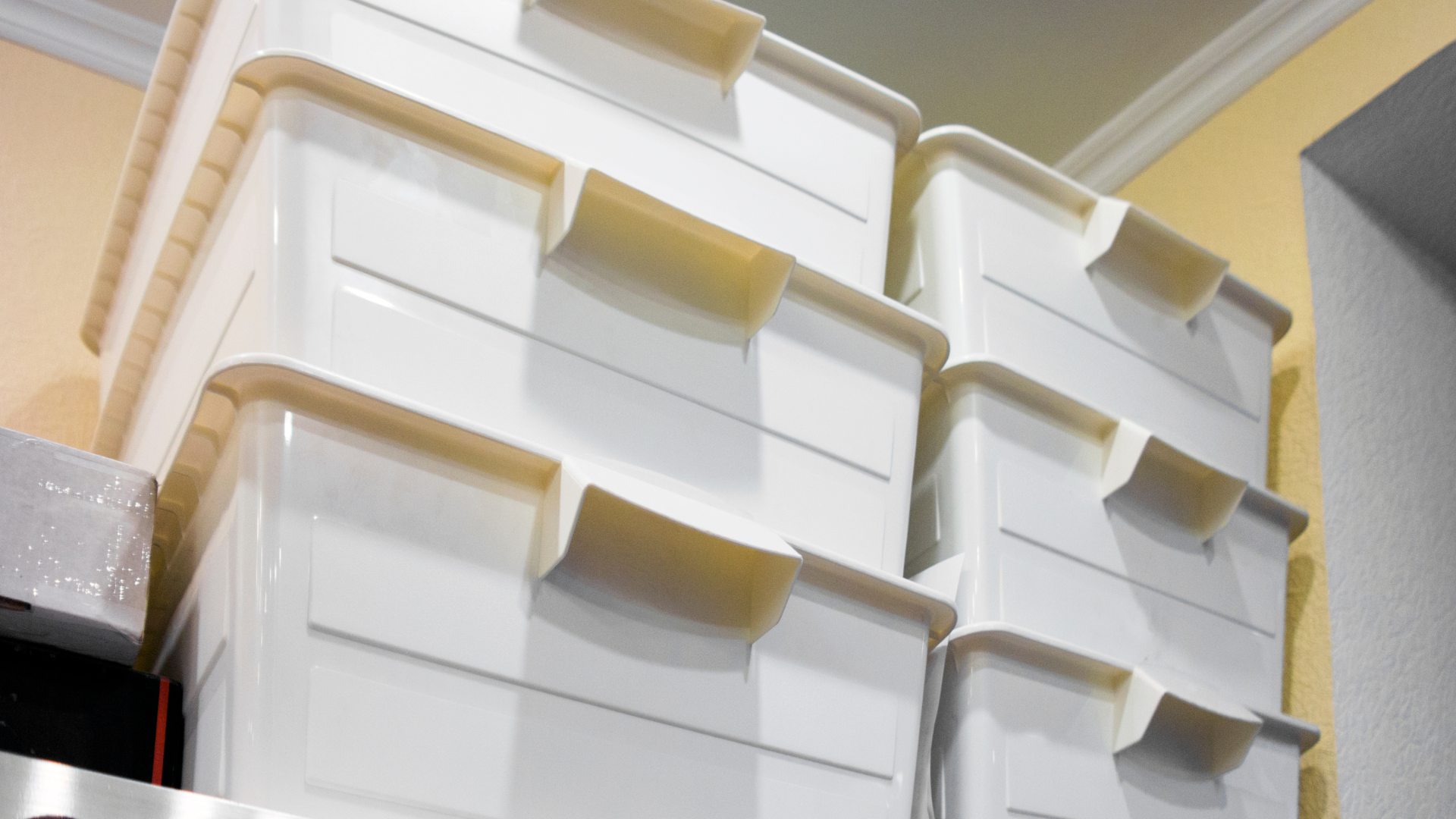6 Ways to Create More Storage Space in Your Home
Dec 01, 2022
Hi there,
Are you constantly running out of storage space? Or are you residing in a densely populated urban city where space is considered a luxury? Or, are you in a situation your family is growing, and with the accumulating stuff over time, storage space issues start to show? As everyone collects more items to stow in every nook and cranny, space becomes an issue.
It shouldn’t be a concern if you have an enormous mansion. Living in a small house requires a bit of ingenuity, an appreciation of space-saving and space-optimisation measures, and these six ways to create more storage space in your home.
1. Sort Things and Get Rid of Those You Don’t Need
Unless you intend to be a part of the American TV reality show “Hoarders” in the future, sorting your things now will help you get some sense of order and organisation in your house. Moreover, sifting through appliances, gadgets, and other items will help you save precious space. It also makes frequently-used belongings more accessible.
Rummage through each room and determine the stuff you no longer use. Get the family involved to make the decluttering more efficient. You can keep items in a large box when unsure about their usefulness. You could decide these objects’ “fate” later on.
Check the stuff you no longer use and decide whether to donate or sell them. You might no longer need these items, but someone else might. Selling pre-loved items online is a hit, allowing others to own fully functional objects without spending a fortune.

2. Use More Effective Storage Solutions
Creating more storage space in the home requires organisational skills and the right tools to manage everything. Storage solutions come in different shapes, styles, and sizes. Although some families pick fancy containers with odd shapes, I recommend sticking with geometrically-efficient forms.
For example, rectangular and square storage containers are better than round ones because they maximise space. One box’s corner doesn’t leave a space with an adjacent container.
On the other hand, round storage solutions form pockets in sections where two neighbouring containers meet. However, know that round containers are more durable because they lack corners or edges that weaken over time.
Although plastic storage containers make it easy to identify what items they contain, these solutions can be an eyesore when left in the open. Opt for boxes with decorative elements complementing the house’s interior décor. You can skip this trick if you intend to hide the storage solutions.

3. Maximise Every Square Inch of Home Space
Most built-in residential storage solutions are waist-high and within reach of an outstretched arm. This design is understandable because homeowners want to access their things with minimal effort. They can grab a book from the shelf, take out a pan or pot from the kitchen cabinet, and do other activities. The issue with this design is it underutilised the ceiling, upper wall sections, and the floor.
You can draw inspiration from many creative vertical storage solutions online. For example, you can create a split-level floor if the ceiling is high enough. Alternatively, ceiling-mounted cabinets can help reclaim some vertical space for your stuff. The upper walls can also accommodate a shelf or cabinet. Invest in a good-quality step ladder to help access the items when necessary. Ensure to store only lightweight items in high areas to avoid heavy objects falling on your head.
Households with two-story homes can convert the space underneath the stairs into a storage area. You could build shelves for better organisation. Under the sofas, beds, and other pieces of furniture with legs can offer sufficient space for a low-rise storage solution you can slide in and out.

The space above a closet’s clothing rod can accommodate drawers and other storage solutions for seldom-used items. You can also mount pocket organisers and hooks on walls and back doors.
4. Optimise Living Spaces
Sometimes the most accessible space to transform into a meaningful storage area is right before the eyes. Optimising living spaces can minimise the need to buy additional storage solutions or build new ones on the wall or ceiling.
The trick is to look at the premium space (i.e., living room and bedroom) and determine frequently used items. For example, footwear deserves a slot in the living room because they’re the ones we put on when going outdoors and remove coming in. A hanging shoe organiser at the back of the front door or the living room wall should be handy.
Check rarely-used items in every living space and put them in storage solutions. For example, seasonal attire should be fine (depending on the style of the garment) in a rolling bin stuck under the bed during the off-season.

5. Pick Space-efficient and Space-saving Items
Reclaiming lost space for storage means nothing if you keep buying bulky and space-inefficient stuff. The goal is to minimise, if not eliminate, dead or unused space. Large items can eat up precious real estate, leaving no room for other important stuff.
You can measure the available space where you intend to place an item. Refer to these measurements when buying the product, ensuring you don’t exceed the dimensions. Consider the item’s shape because rounded objects often create more dead space than items with corners or edges.
Stackable storage solutions are also ideal. People can place one box over another, optimising vertical space. Nesting designs can also help improve storage availability, empowering homeowners to reduce the profile of the storage solutions when not in use.

6. Label Everything
Even though you use a clear plastic container to store your stuff, it’s always a good practice to label the storage solution’s exterior. Moreover, this trick makes your storage look more professional.
Labelling a container’s exterior improves convenience and accessibility. You don’t need to open every single box to look for something you need because there’s a label to guide you.
This trick only works if you have excellent organisational skills. It will be best to observe a classification system for your stuff. For example, “electronics” can be a general term you can break down into “office technologies,” “school gadgets,” and “entertainment electronics.” You can observe the same technique for other items, such as clothes (i.e., everyday wear, seasonal attire, and formal clothes).
Final Thoughts
Creating more storage space in your home starts with decluttering, so you’ll get a general idea of what things to keep and items to dispose of. It should be smooth sailing from there, allowing you to decide whether you need extra storage solutions or to reclaim additional space.
As we approach the end of the year, it is time we declutter and create the space we need in our life to welcome the brand new year.
With love,





